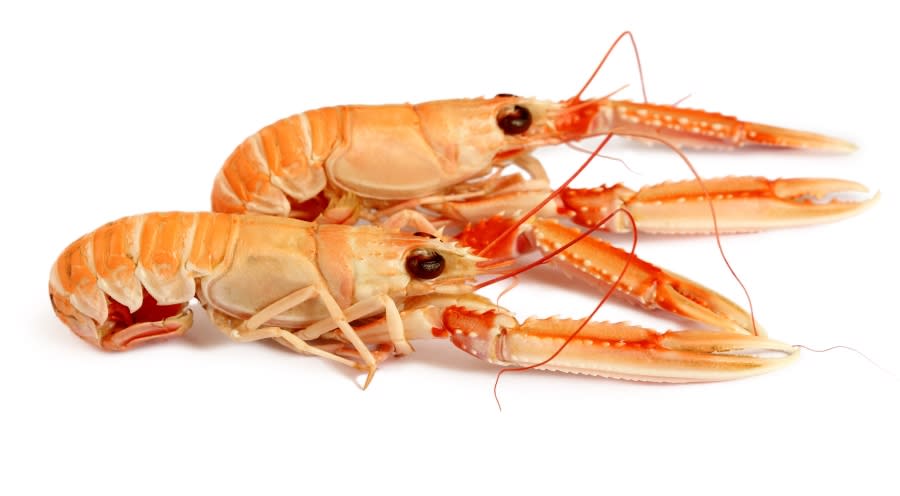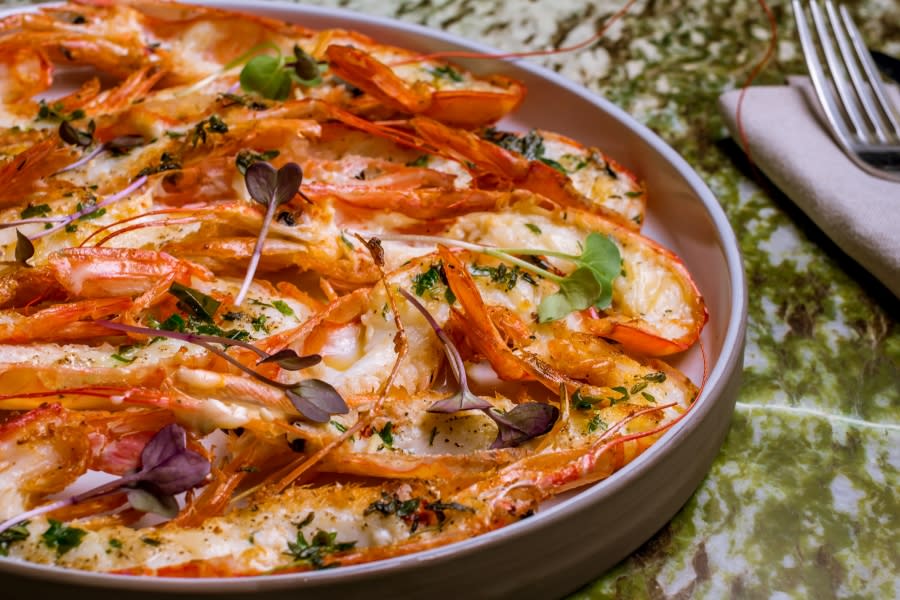‘Shrimp scampi’ doesn’t mean what you think it means
(NEXSTAR) — What do you think of when you think of shrimp scampi? Depending who you ask, that term can mean many different things — or even sound like complete gibberish.
While the dish is seemingly a staple of Italian-American cuisine, you’re unlikely to see “shrimp scampi” listed on dinner menus in Italy. And one of the main reasons is because of its name.
It’s widely believed the “scampi” refers to the style of cooking the shrimp — and this usage is typically accepted — though it’s not totally technically accurate. The word “scampi” is Italian for a type of small crustacean akin to a mini lobster. They’re similar to shrimp, but scampi — also known as Dublin Bay Prawn, langoustines, or Norway Lobster — aren’t typically found in oceans near the U.S.
There’s a hidden image on Toblerone chocolate bars: Can you spot it?
“If you consider the name ‘shrimp scampi’ literally, it doesn’t make much sense; it’s like saying “shrimp lobster,” Faye Levy wrote in the Los Angeles Times back in 1997.
So how did “shrimp” get into the equation?
Levy further explained: “Its usage probably began when Italian chefs in the United States substituted shrimp in a recipe that normally called for scampi and probably referred to it as shrimp prepared scampi-style.”
Nephrops norvegicus, known as the Norway lobster, Dublin Bay prawn, langostine or scampi. (Getty Images) Cooked langoustines on a plate (Getty Images)
All in all, a scampi-style dish is pretty simple, using ingredients such as butter, garlic, white wine, and lemon juice.
Per some Italian traditions, scampi may not even be served with pasta.
Back in 2007, New York Times food reporter Melissa Clark demonstrated her classic shrimp scampi recipe, which she noted “can” be served with pasta. Clark said she prefers to pair the dish with crusted bread, which is used to dab up the sauce. Clark further explained in NYT that an Italian recipe for scampi dating back to the 1970s made no mention of pasta, and called for only three ingredients: prawns, olive oil and garlic.
Markys, a gourmet grocer specializing in caviar and seafood, explained in a blog post last summer that while the origins of shrimp scampi may remain unknown, the dish is much older than most might think. A preparation dating back to 1770, from British cookbook writer Hannah Glasse’s world-famous “The Art of Cookery Made Plain and Easy,” may be the very first in published writing, according to Markys. Glasse’s recipe called for only butter and lemon.
In France and the United Kingdom, where scampi are mostly called langoustines, a popular preparation is in a pasta-free bouillabaisse.
These states have the largest gender pay gaps, study finds
Over the years, people have taken to social media to post their surprise about being served shrimp scampi sans pasta.
“Y’all ever order shrimp scampi and it came without pasta??????” one Twitter user asked last February. Meanwhile, this February, another Tweeter wondered bluntly: “Why the **** did my shrimp scampi come without pasta?”
Confusion aside, shrimp scampi remains a crowd-pleaser across the U.S. — NYT’s Clark posited that scampi’s versatility may in fact be part of its charm, explaining that cooks can interpret the dish as they like.
“What could be more authentic than that?” she asked.
For the latest news, weather, sports, and streaming video, head to The Hill.


